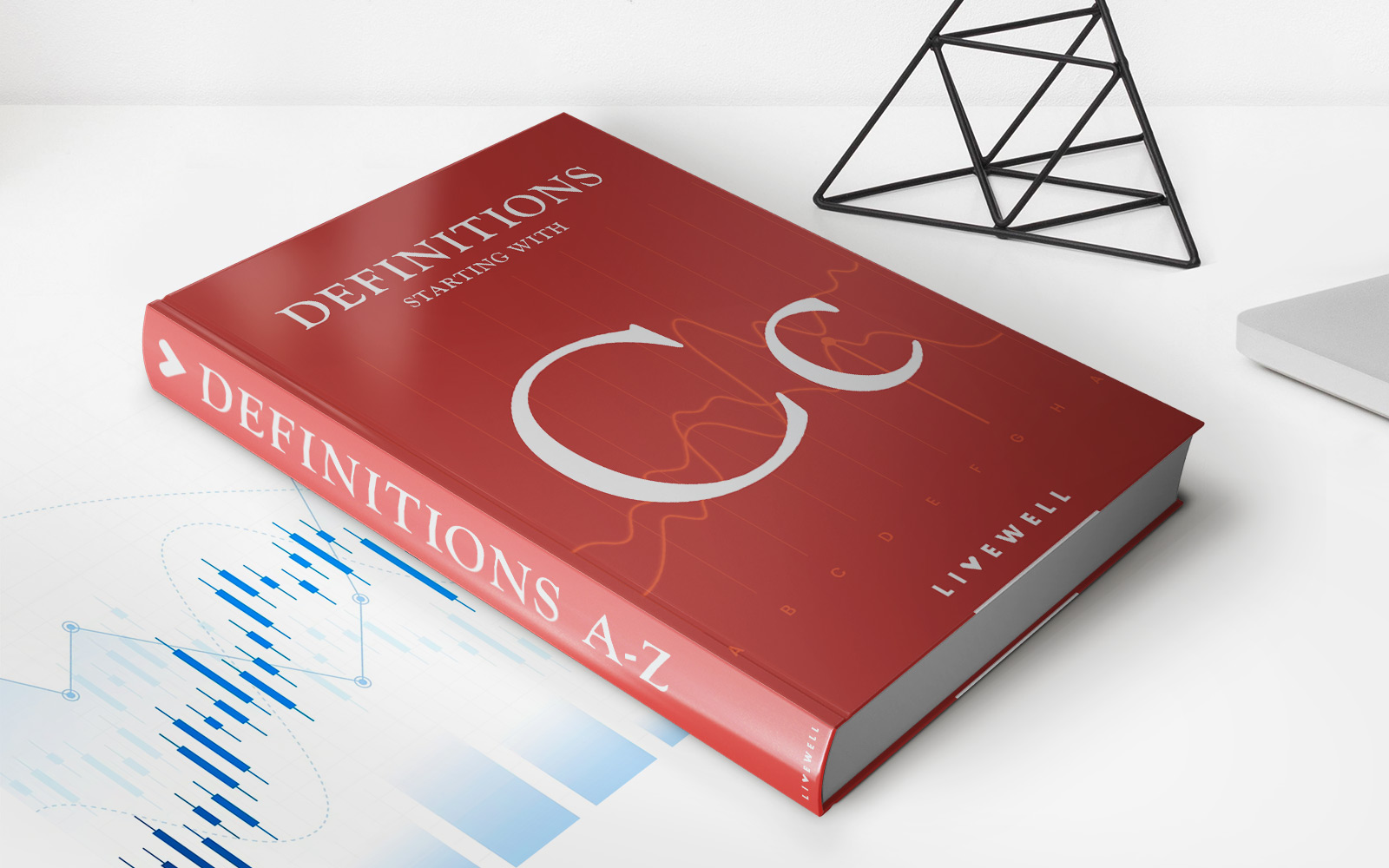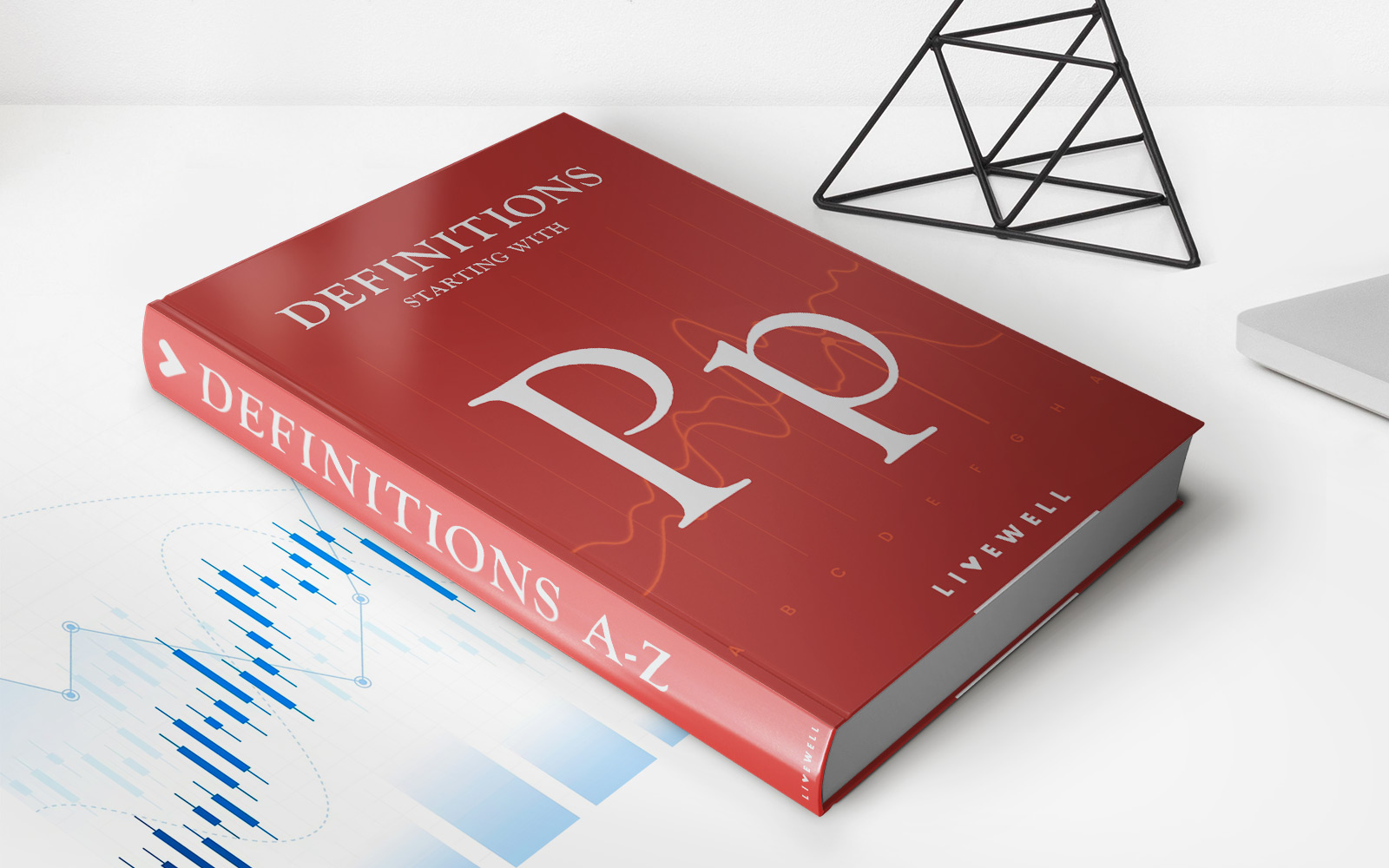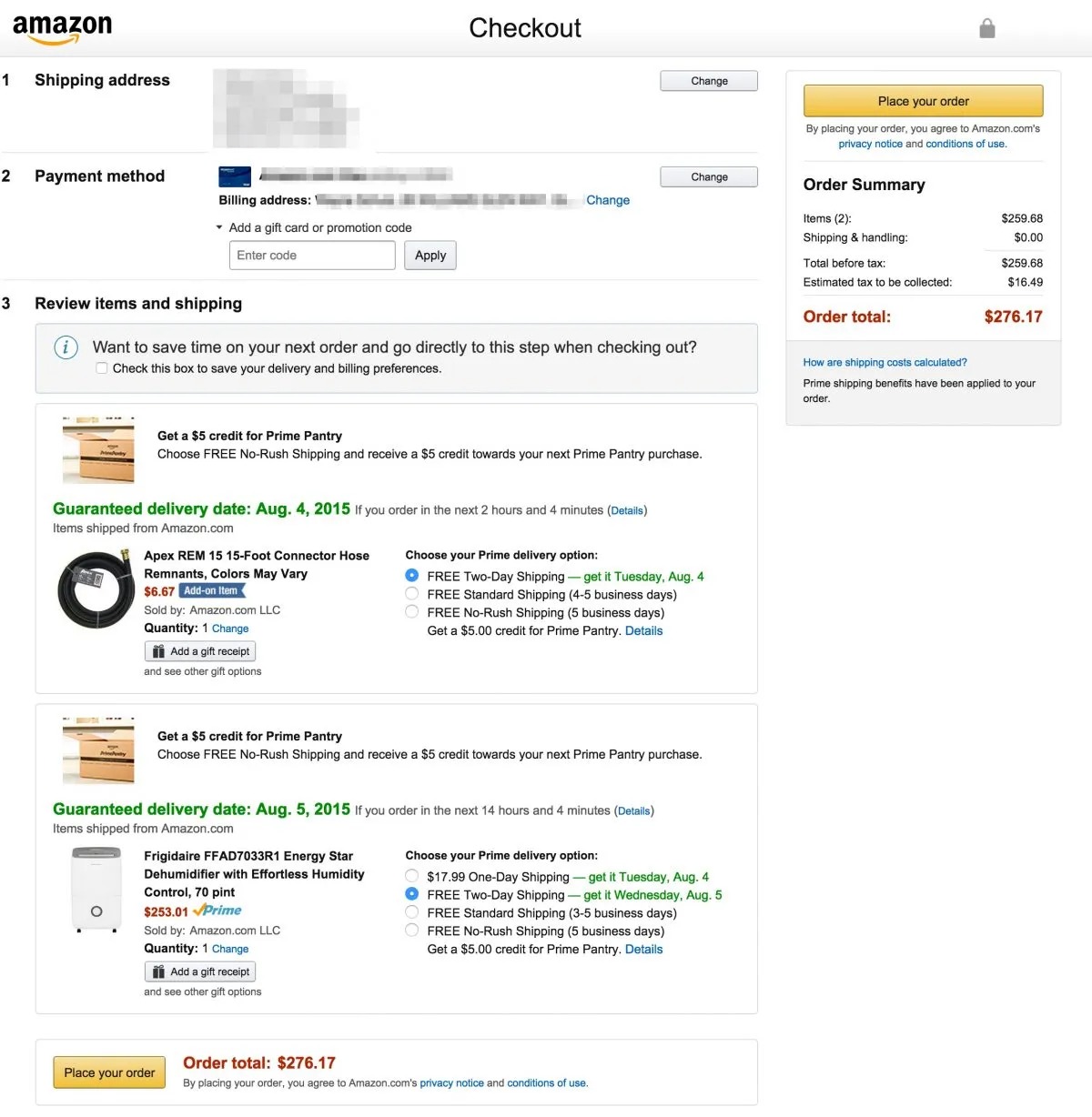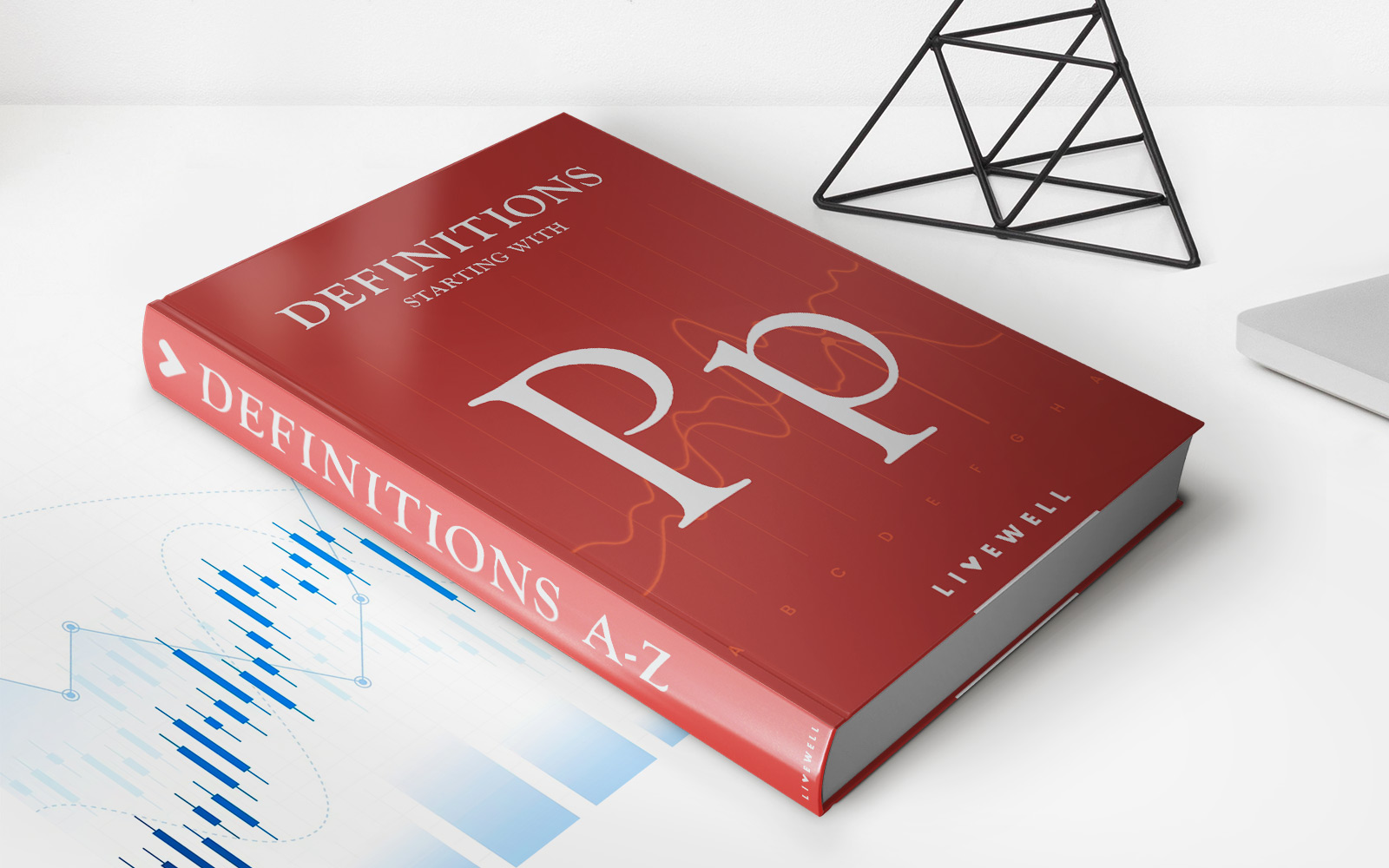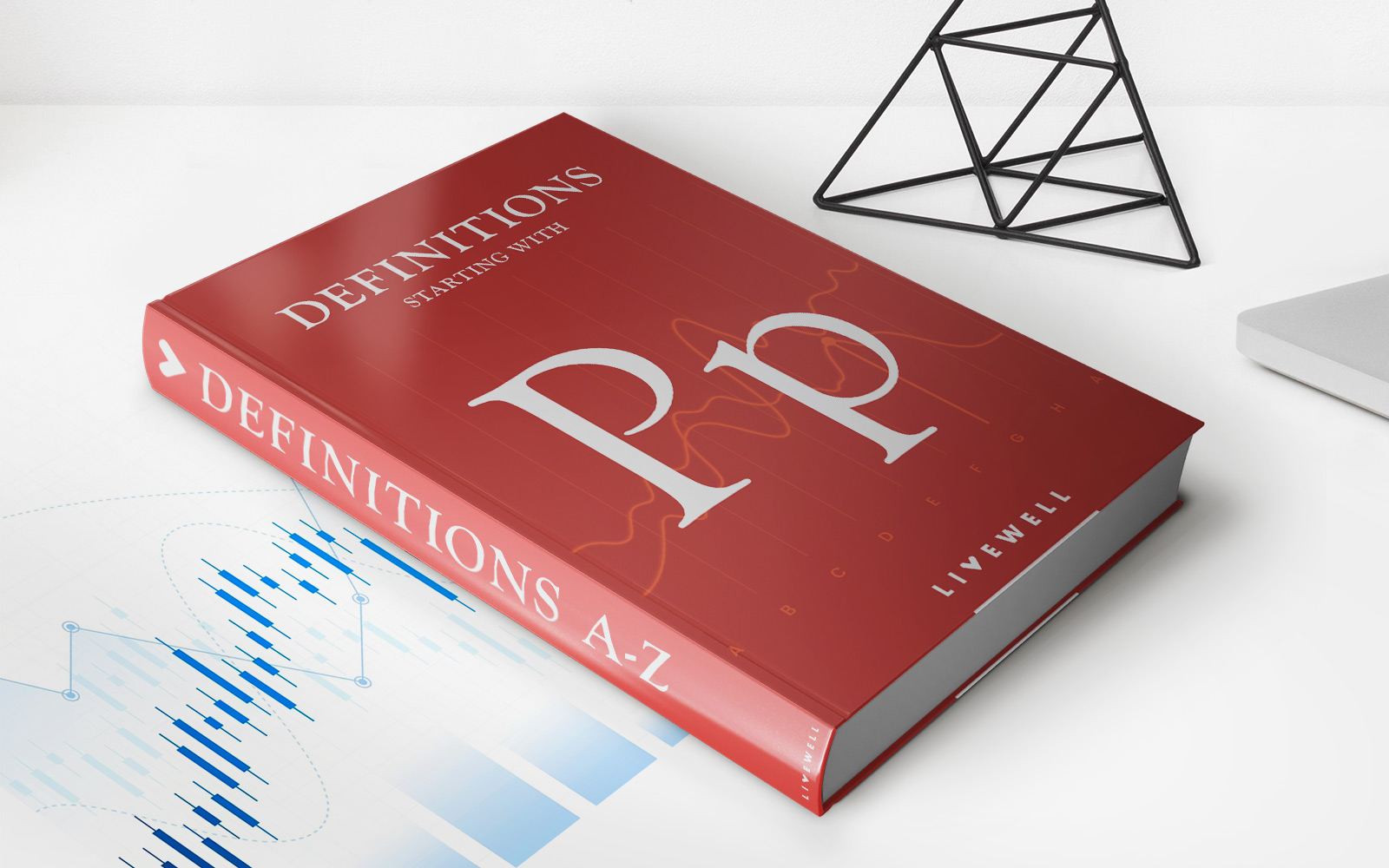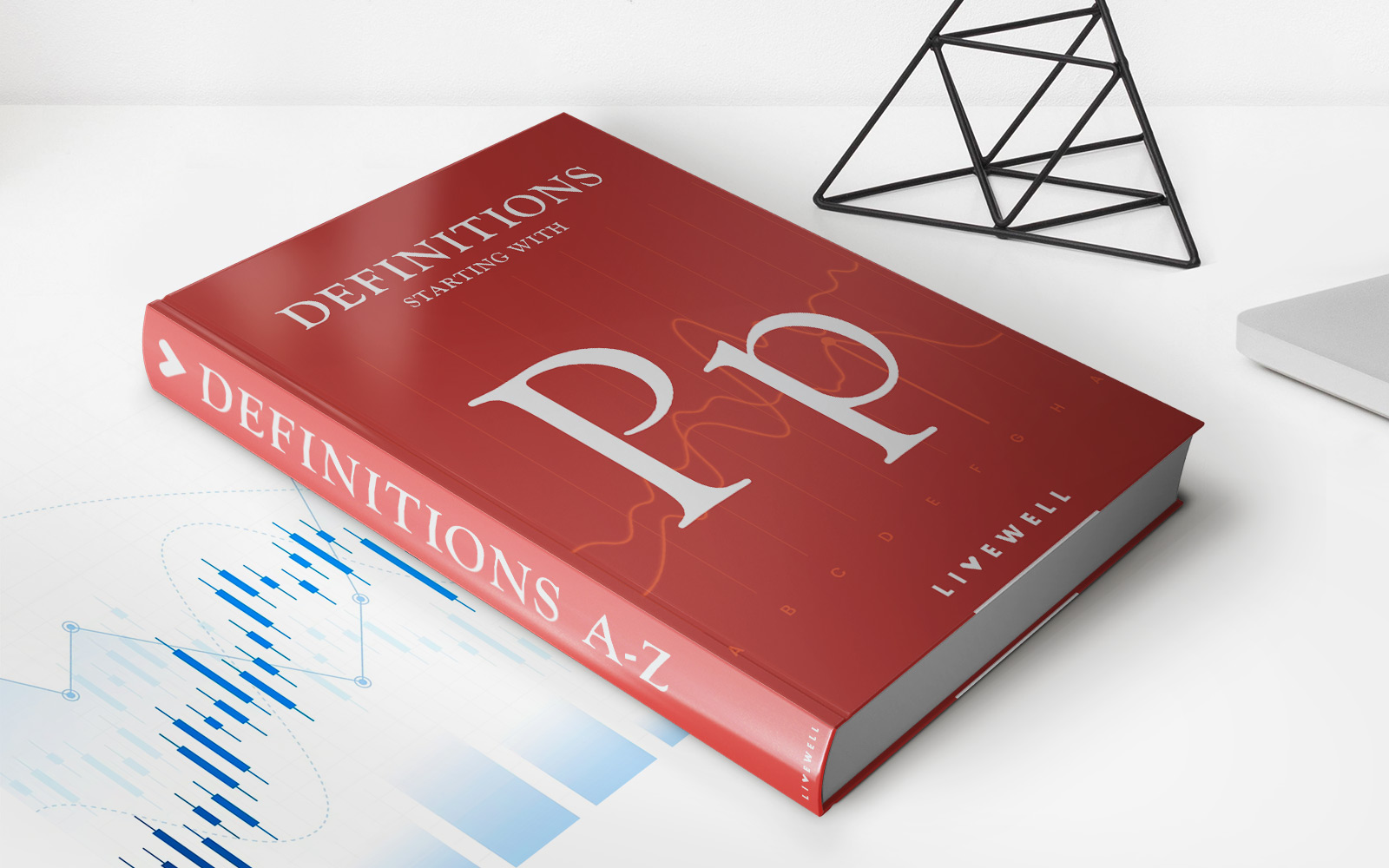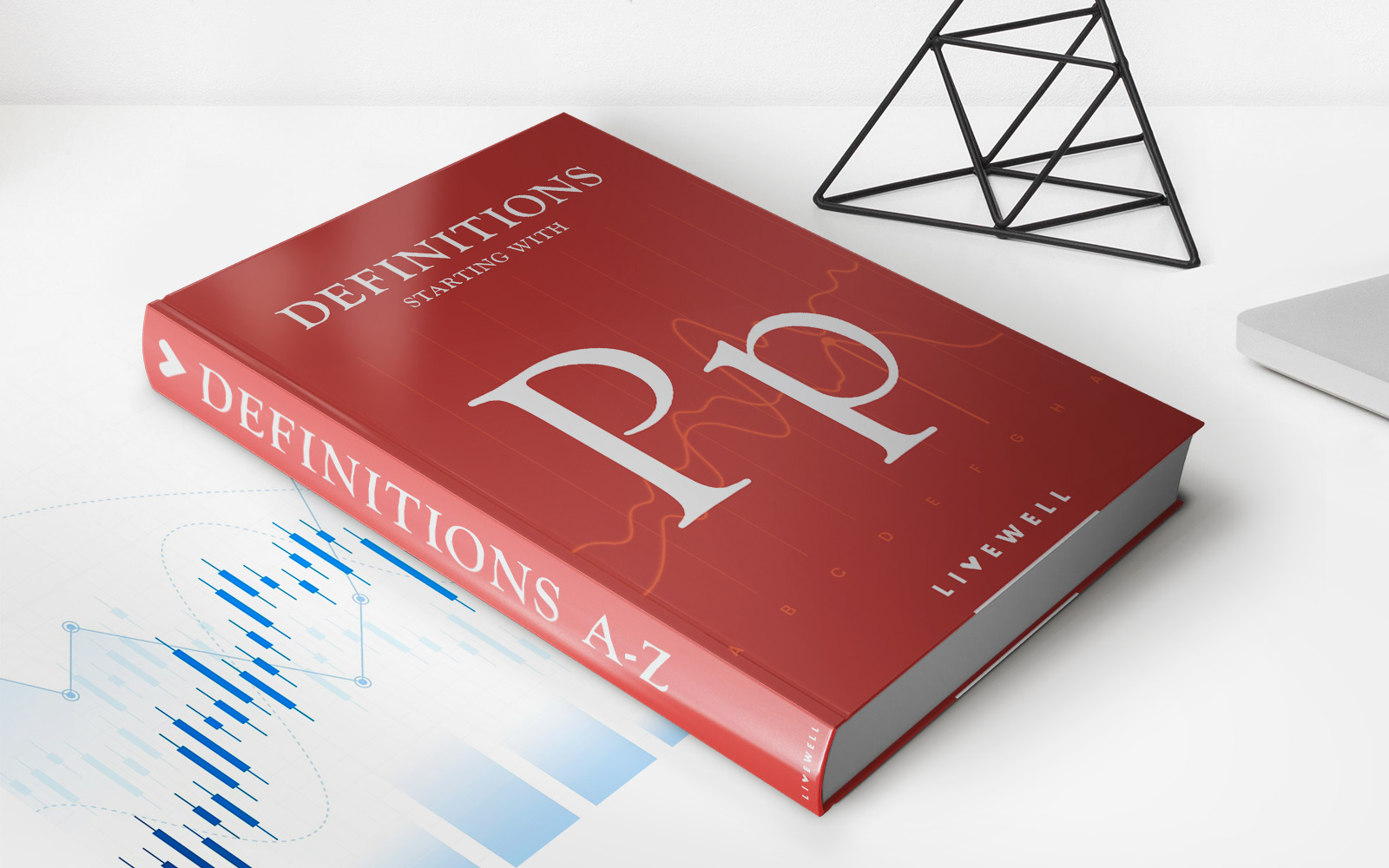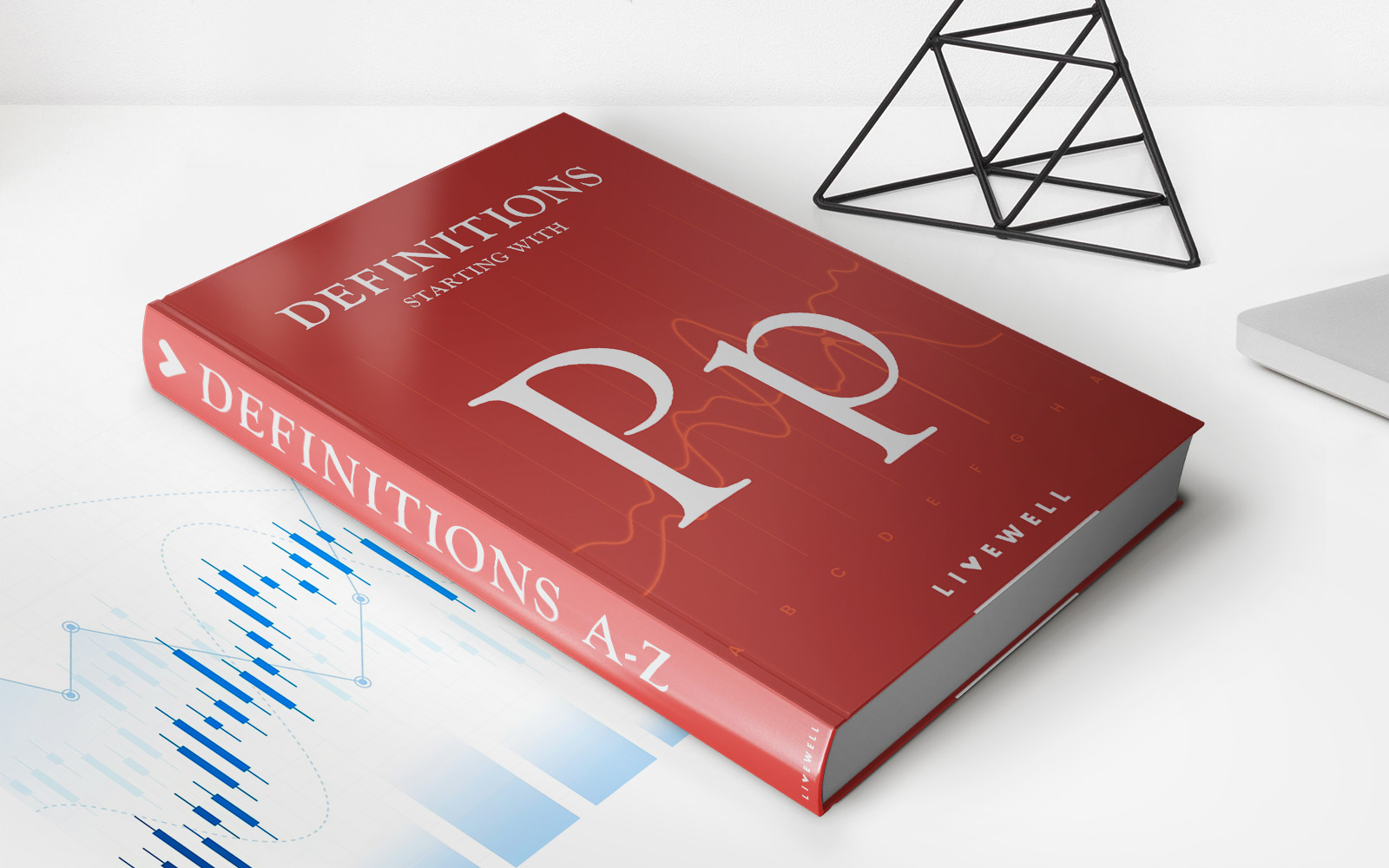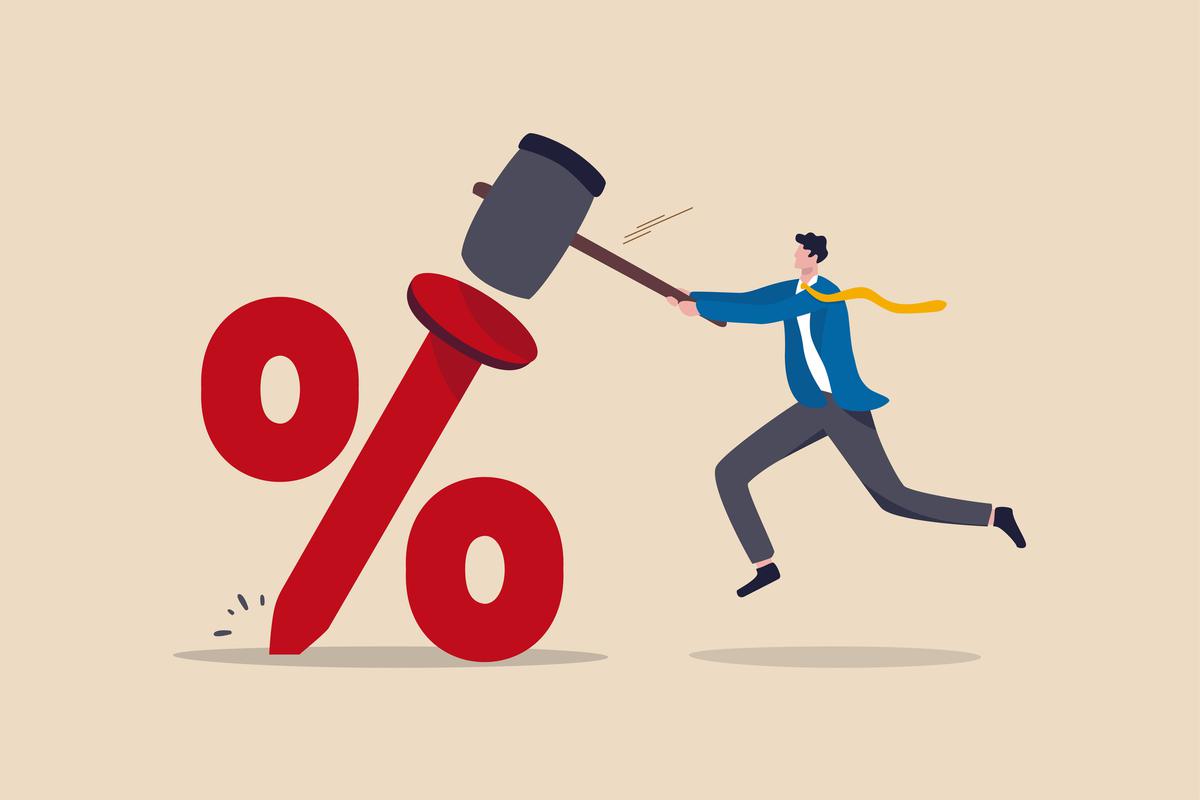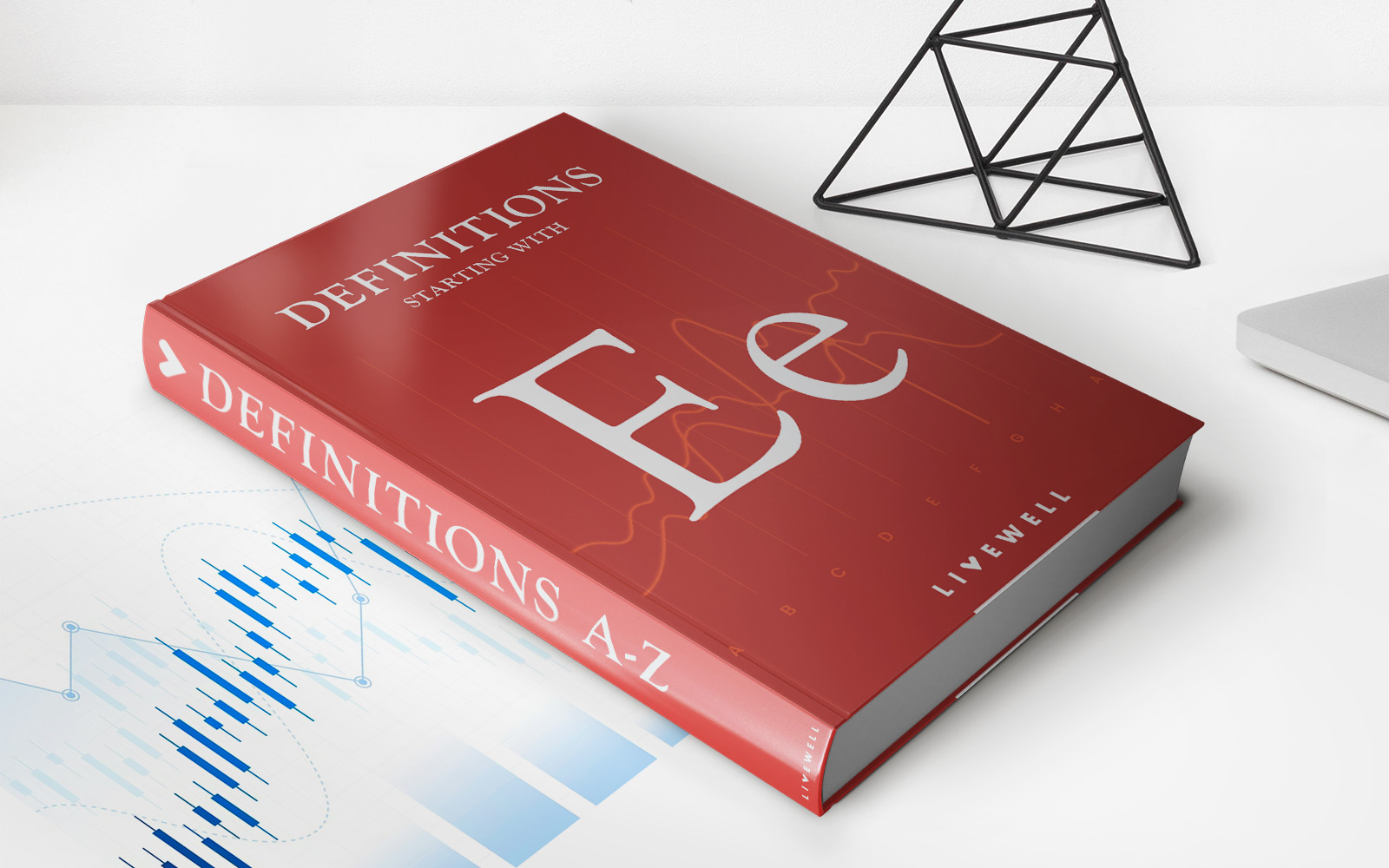

Finance
Prime Rate Definition
Published: January 11, 2024
Learn the definition of Prime Rate in finance. Understand the significance of this key interest rate and its impact on borrowing costs.
(Many of the links in this article redirect to a specific reviewed product. Your purchase of these products through affiliate links helps to generate commission for LiveWell, at no extra cost. Learn more)
Understanding the Prime Rate: A Key to Financial Success
When it comes to managing your finances, having a good understanding of the prime rate is essential. This crucial interest rate plays a significant role in various financial transactions, including mortgage rates, credit card APRs, and adjustable-rate loans. In this blog post, we will dive into the prime rate definition, how it is determined, and the impact it can have on your personal finances.
Key Takeaways:
- The prime rate is the interest rate that commercial banks charge their most creditworthy borrowers.
- Changes in the prime rate can affect the interest rates of consumer loans such as mortgages and credit cards.
What is the Prime Rate?
The prime rate, sometimes referred to as the prime lending rate, is the interest rate that commercial banks charge their most creditworthy customers. It serves as a benchmark for determining interest rates on a wide range of financial products, including mortgages, auto loans, personal loans, and credit cards.
The prime rate is influenced by various factors, such as the Federal Reserve’s monetary policy, the state of the economy, and the creditworthiness of borrowers. Banks typically set their prime rate by adding a fixed percentage to the federal funds rate, which is the interest rate at which banks lend funds to each other overnight.
Understanding the Impact of the Prime Rate
Now that we know what the prime rate is, let’s explore its impact on different aspects of your financial life:
- Mortgage Rates: Since mortgage loans are long-term commitments, changes in the prime rate can significantly impact the interest rates borrowers receive. If the prime rate increases, mortgage rates tend to rise as well, making homeownership more expensive. Conversely, when the prime rate decreases, mortgage rates often follow suit, creating potential opportunities for refinancing or buying a new home at a lower rate.
- Credit Card APRs: Credit cards often have variable interest rates tied to the prime rate. If the prime rate increases, credit card APRs tend to rise as well, increasing the cost of carrying a balance. This makes it important to pay attention to the prime rate and its potential impact on your credit card debt.
Aside from these specific examples, changes in the prime rate can also affect other types of loans, including student loans, auto loans, and business loans. It’s crucial for consumers to stay informed about the prime rate and how it may impact their financial obligations.
In Conclusion
The prime rate is a key factor in determining interest rates on various financial products. Changes in the prime rate can have a significant impact on your personal finances, especially when it comes to mortgage rates and credit card APRs. By understanding the prime rate and staying informed about its movements, you can make smarter financial decisions and take advantage of potential opportunities.
